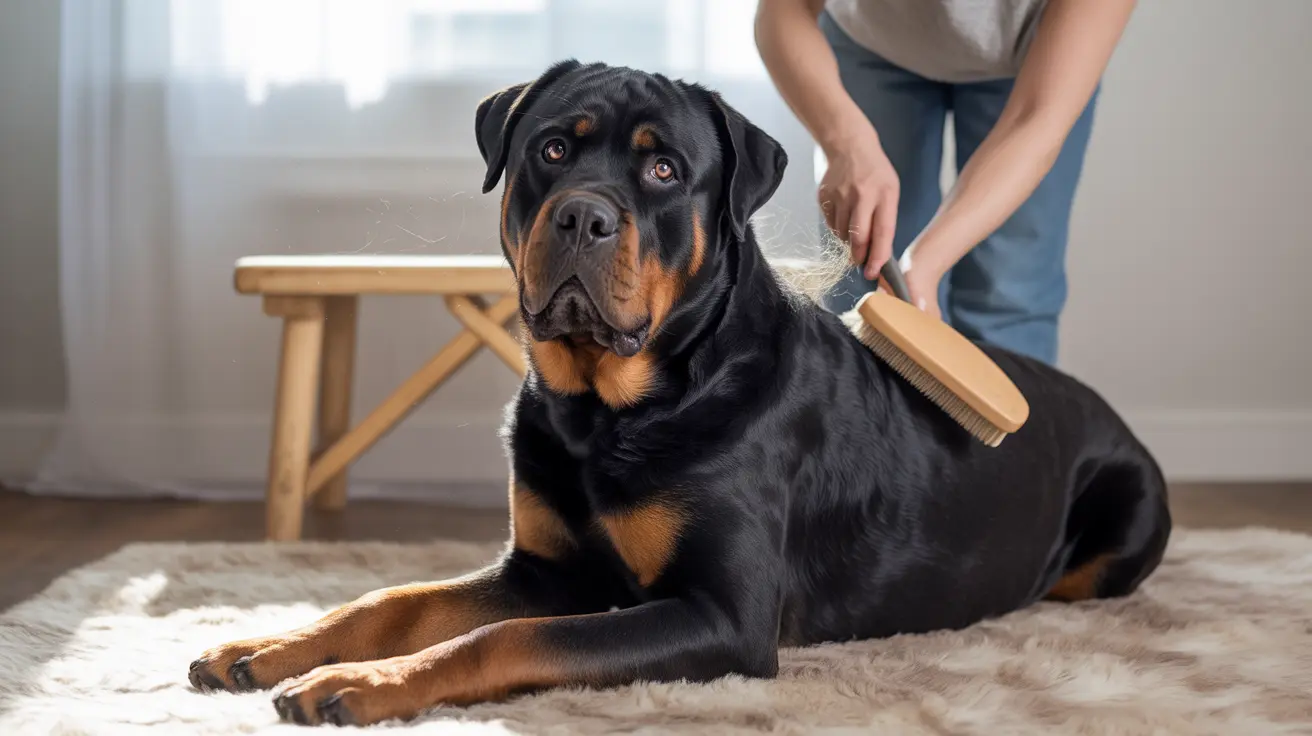Understanding Dog Hair Splinters
Dog hair splinters are different from typical wooden splinters because of their unique characteristics. Unlike human hair, dog hair is typically coarser, stiffer, and has a sharper point, especially after being cut or clipped. These properties make it particularly adept at penetrating human skin, especially during grooming sessions or close contact with recently groomed pets.
The most commonly affected areas include hands, fingers, feet, and areas where skin frequently comes into contact with dog hair, such as the forearms and chest. Professional groomers are particularly susceptible, but any dog owner can experience this painful phenomenon.
Common Causes and Risk Factors
Several factors increase the likelihood of getting a dog hair splinter:
- Fresh grooming or clipping sessions
- Handling double-coated breeds
- Direct skin contact with loose hair
- Lack of protective clothing or equipment
- Working with wet dog hair
- Frequent exposure to dog hair in professional settings
Signs and Symptoms
Identifying a dog hair splinter early can help prevent complications. Common symptoms include:
- Sudden sharp pain when touching affected area
- Visible hair fragment embedded in skin
- Redness and minor swelling
- Persistent irritation or itching
- Small bump or raised area around entry point
Prevention Strategies
Taking proactive measures can significantly reduce your risk of dog hair splinters:
- Wear protective gloves during grooming
- Use long-sleeved clothing when handling dogs
- Apply barrier creams before grooming
- Maintain regular cleaning practices
- Use proper grooming tools and techniques
- Consider using a grooming vacuum system
Treatment and Removal
When you discover a dog hair splinter, proper removal is essential to prevent complications:
- Clean the affected area thoroughly
- Use sterilized tweezers to remove visible hair
- Apply adhesive tape for shallow splinters
- Consider using drawing salves for deeper splinters
- Keep the area clean and monitored after removal
When to Seek Medical Help
While most dog hair splinters can be handled at home, certain situations require professional medical attention:
- Signs of infection (increased redness, warmth, swelling)
- Deep or difficult-to-remove splinters
- Multiple failed removal attempts
- Development of unusual symptoms or reactions
- Formation of cysts or persistent bumps
Frequently Asked Questions
What exactly is a dog hair splinter and how does it happen?
A dog hair splinter occurs when a sharp piece of dog hair penetrates and becomes embedded in human skin. This typically happens during grooming or close contact with dogs, especially when handling freshly cut hair which tends to be particularly sharp.
How can I safely remove a dog hair splinter at home?
Clean the area with soap and water, then use sterilized tweezers to carefully remove the visible hair. For shallow splinters, adhesive tape can be effective. If these methods don't work, soaking the area in warm water can help soften the skin for easier removal.
What are the signs that a dog hair splinter has caused an infection or serious complication?
Watch for increased redness, warmth, swelling, or pus around the entry site. Other warning signs include persistent pain, spreading redness, or the formation of cysts or bumps. If you notice any of these symptoms, seek medical attention.
Which dog breeds are more likely to cause hair splinters and why?
Breeds with coarse, thick, or double coats are more likely to cause hair splinters. This includes German Shepherds, Huskies, Labradors, and similar breeds with stiff hair that can easily pierce skin when cut or broken.
What are the best ways to prevent dog hair splinters during grooming and petting?
Wear protective gear like gloves and long sleeves, use barrier creams, maintain proper grooming techniques, and keep work areas clean. Regular vacuuming and proper disposal of cut hair can also help reduce risk.






